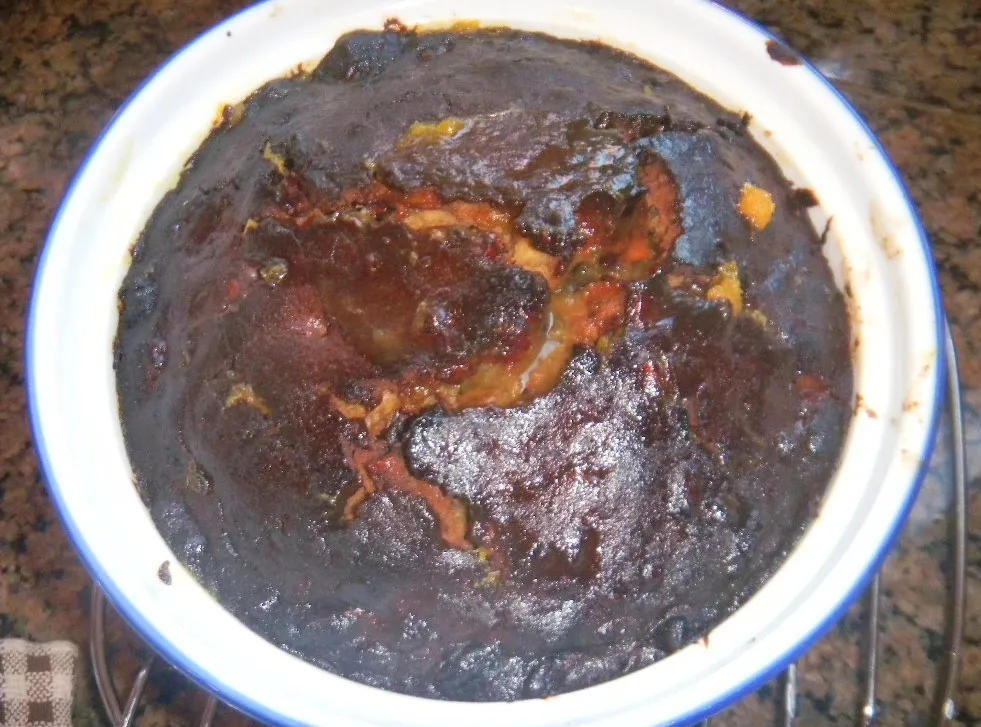Pain de Mie with Condensed Milk

| ||||||||||||||||||||||||
| ||||||||||||||||||||||||
- Log in or register to post comments
- 2 comments
- View post
- CeciC's Blog

| ||||||||||||||||||||||||
| ||||||||||||||||||||||||

A secret turning in us
makes the universe turn.
Head unaware of feet,
and feet head. Neither cares.
They keep turning.
Rumi - The Secret Turning

Okay, so I'm here often, looking, reading, comparing, commenting, but mostly, mostly learning as much as I can as quickly as I can, and putting that knowledge to work. I'm grateful for the skill and generosity of the members - even when thoughts or advice presents differing experience or opinion, even controversy, it's offered in good faith and helpful to so many. Thank you all.



It's been a busy week. I baked these loaves Monday and took some to my Italian class Tuesday evening where it was appreciated. I have tried this bread untoasted plain and with butter and with goat cheese and toasted with butter and with almond butter. All were very nice. The formula is from Hamelman's Bread.

I am testing this to see if this image looks better than my earlier blog. ElPanadero mentioned that my photos are faded and yellow (I have been resizing them, as I have struggled to post multiple photos), so I just want to see if this photo looks better than the one I posted on my earlier blog, which has the recipe and other photos. Phyllis
The recipe is from Peter Reinhart's <Whole Grain Breads>.

I use wheat berries, millet, three colors quinoa.



It's my husband's birthday, so I wanted to make something special and different. Inspired by so many bakers on this site, I tried something new in making this bread, improvising a bit on the ingredients. I felt a need to incorporate some fresh herbs from the garden, so I decided to alter the Tartine recipe I typically use to add a few ingredients that may be tasty together.


Lucy tends to get easily bored and wanted to take up the piano recently to try to be a little more with it and keep herself out of trouble. I told her no one plays the piano anymore and she should consider taking up the electric guitar…but it turns out electricity scares her as much as lightning and thunder.

We scarfed down half the first loaf in minutes for lunch today. I am lucky I got a picture of the inside before it was gone! This is the best bread I have every made, and I've been baking for more than thirty years. I already have a request for more for this weekend, so now I have to learn how to take out the starter from the fridge and liven it up... Back to the forum for advice!

Still baking. Pretty much got it down to just my once a week routine and the occasional farmer's market. Every week I offer two varieties. One that is a levain bread and retarded in form. One that is baked in a pullman pan and cut into quarters (usually a rye). And then when I'm in the mood I'll throw in a baguette, rusitque, focaccia, or ciabatta.